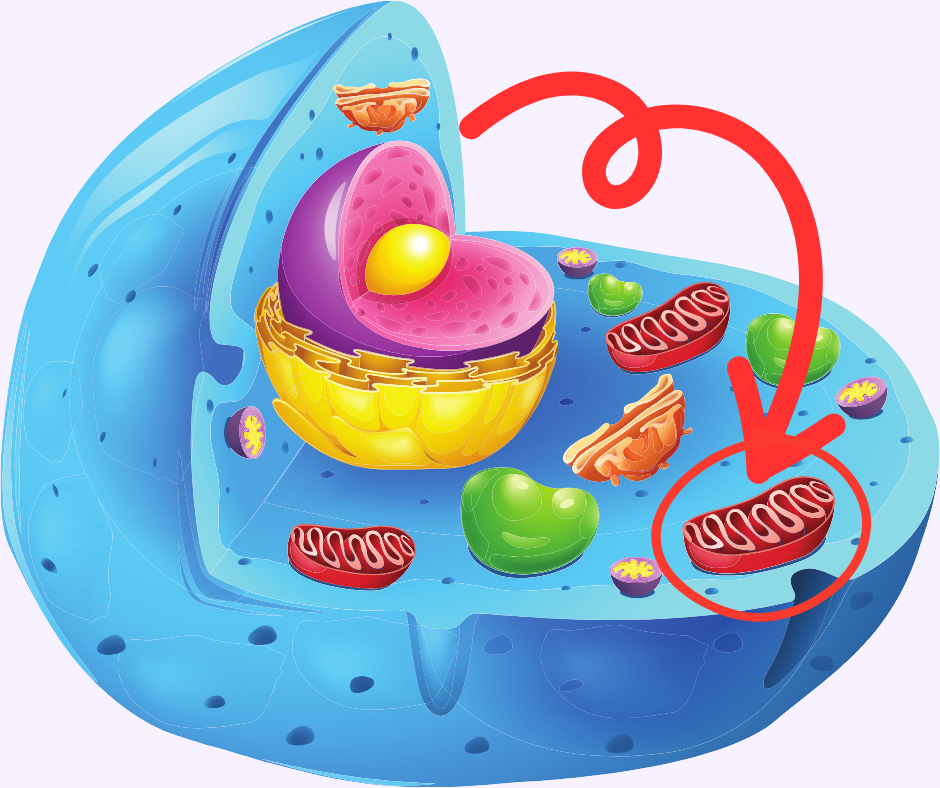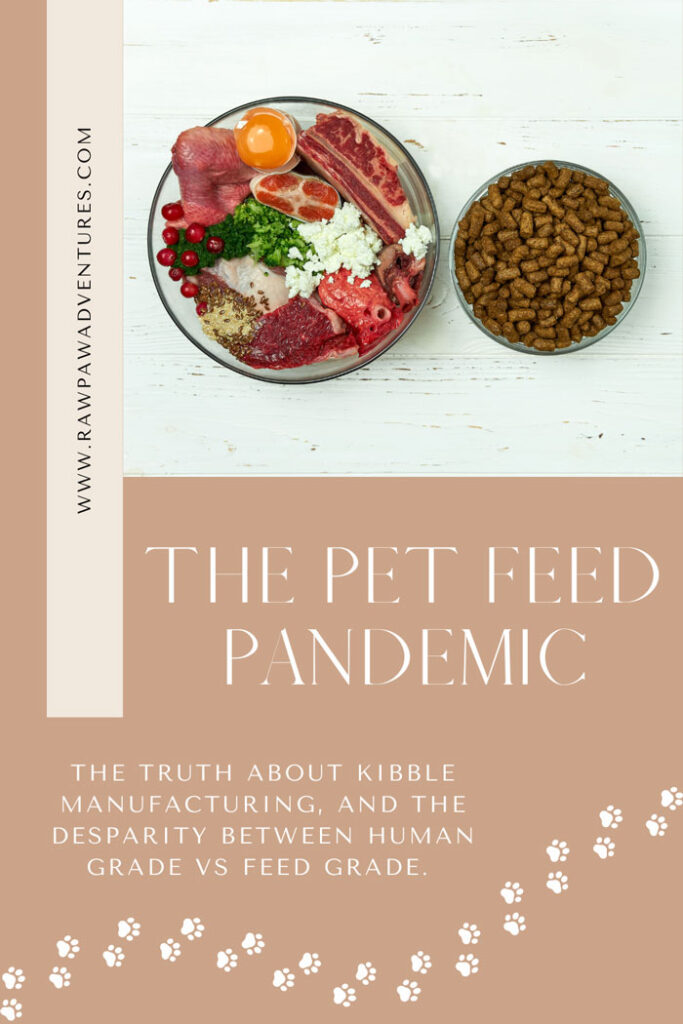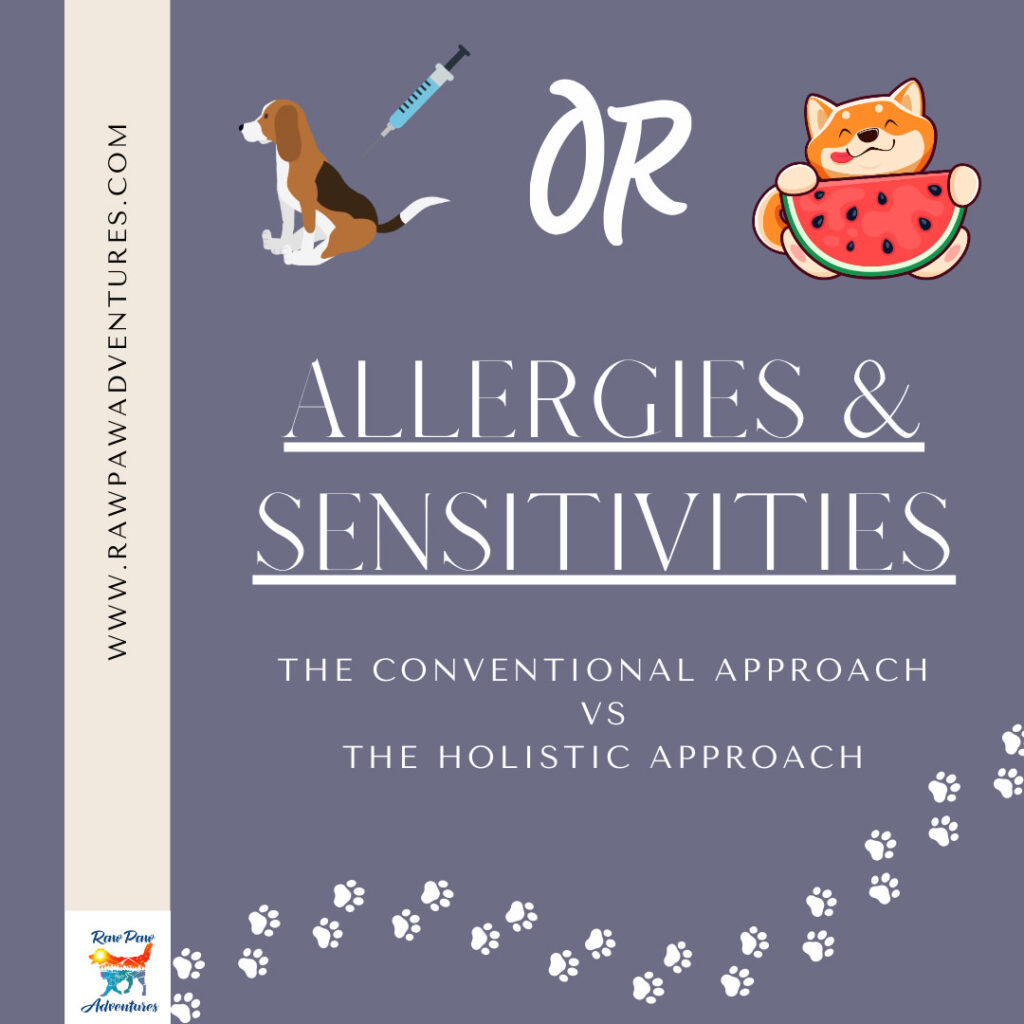
What are Mitochondria?
I’m very excited to really break down my fresh feeding model and explain why I feel like it’s the absolute best to optimize cellular function. But to understand why I created this model, let’s first learn about mitochondria!
Mitochondria are present throughout the body; they’re particularly prevalent in the skeletal muscles, heart, brain and nerves. Our Mitochondria are nicknamed the “powerhouse of the cell” because they quite literally create energy 24/7, which is needed to support life. They essentially eat the glucose that are brought into the cell via the cellular membrane, and convert it into ATP, which stands for adenosine triphosphate. This is lovingly called cellular respiration in the scientific community. In fact, mitochondria do for animal cells the same thing that chloroplasts do for plant cells via photosynthesis- just without the green tint!
What else can they do?
Our mitochondria don’t just make energy for us- they’re practically jacks of all trades! They have the ability to store calcium, which is important for cellular transport (check out my nutrient flashcards here to learn all about the role of calcium). They play a role in cellular metabolism and also have a hand in apoptosis (planned and necessary cellular death), signaling between cells, and heat production (thermogenesis). Pretty cool, right?
Where do they come from?
That’s a great question without a clear answer. Interestingly, our mitochondria have their own separate DNA that is circular in structure rather than the normal double helix you usually see pictured in textbooks. It’s so similar to bacterial DNA, in particular Rickettsia, that some hypothesize that mitochondria actually used to be bacteria who developed a mutually beneficial relationship within other cells, essentially providing free energy in exchange for a safe home to live in. This is called Endosymbiotic Theory, which I find really interesting, especially because I often ask myself if I’m more human or more bacteria already!
Another interesting tidbit (and something that you moms can use if you’re ever in an argument with your son!) is that we only receive mitochondria from our mothers! Yes indeed, sperm do not carry mitochondria, we only get it from an egg. And finally, mitochondria reproduce asexually, by duplicating themselves. This is both good and bed- less needs to happen to make more mitochondria. On the other hand, if something dreadful happens to our existing mitochondria within the cell that wipes them out, there is no way to make more. And with the health crisis lately, our mitochondria are in grave danger.
What’s the danger?
I’m not trying to be melodramatic here- our little power houses really are in trouble. Sadly, our mitochondria are being constantly assaulted by daily exposure to toxins, stress, chemicals, medications, pesticides, sugar, inflammation, and lack of movement and exercise. As I mentioned, once they’re wiped out or irreparably damaged, there is no way to make more.
Damaged or inefficient mitochondria can lead to:
- insulin resistance
- diabetes
- pancreatic dysfunction
- neuromuscular disorders
- autoimmune disorders
- chronic GI conditions
- neurological decline such as dementia, and so much more
It’s now estimated that 80% of the human population is diabetic or insulin resistant- that is terrifying! For our pet’s I suspect that percentage is even higher. How many of us know someone, or perhaps we ourselves, who has a fat cat or dog. There are entire Facebook groups dedicated to fat animals, hyping up how cute a chunky cat is and how we shouldn’t shame them for their weight. That couldn’t be farther from what we need to restore our pets to good health, and it starts with taking care of them at the cellular level… through food!
What is MitoPaw?

It’s the way I feed my dogs, and the way I instruct my clients. I created this model to target and optimize mitochondrial health. It has met the needs of the majority of those I’ve worked with and creates meals that come closest to a ‘balanced’ diet by AAFCO standards (not that I feel ‘complete and balanced’ by AAFCO is something we need to strive for- if you would like to learn more about AAFCO and their standards, watch my free Webinar entitled Lost in the Crunch!). You can also read what I’ve written below in my blog article comparing the MitoPaw model to the three other most well-known fresh feeding models out there.
The pillars of this diet include high quality lean proteins, healthy fats and fish, anti-inflammatory and low-glycemic vegetables, species appropriate fiber, phytonutrients and antioxidants. Combined, these support mitochondrial health in order to provide the body with the most efficient energy possible.
Let’s get into the nitty gritty of why I feel this ratio of ingredients is optimal:
55% Muscle meat/muscular organs
This is the largest section of the diet, and I want to point out that technically, fish are also muscle meat, however I give them their own section because they have such an important nutrient profile. The biggest highlight of this section is that I specify the use of muscular organs in this section. This can be heart, lung, tripe, etc., and can make up some or all of the muscle meat portion.
I personally use 100% muscular organs as my muscle meat- that is ok! Don’t let the internet trolls scare you; there is no actual ‘rule’ that heart can only make up 20% of the diet. If you read that, toss it in the ‘do not remember’ box. Muscular organs, especially heart, have similar but often slightly better nutrient profiles compared to cuts of skeletal muscle, plus heart is very high in taurine which is important for heart health!
15% Secreting organs
Yes, I use more secreting organs compared to other models as well! I use about 5% liver and 10% other secreting organs. This provides more B vitamins and a few other minerals such as Potassium and Selenium, especially when using kidney. Organs are packed full of nutrients and have a different nutritional profile from muscle meat, so using a little bit more can really elevate the bowl.
The secreting organs that I use most are kidney and spleen, because they’re the most readily available through my co-op and the most affordable. I have used brain in the past, but it was pricy. Other secreting organs that I would include if I had good access to them would be ovaries and testes since my pets have all been sterilized. Read my blog article all about organs here for more details.
10% Raw meaty bones (RMBs)
This section is pretty standard; I do like to emphasize cartilaginous bones as often as possible, such as necks, feet and wings. These types of bones are excellent for joint health and have also shown anti-cancer properties. If you have a membership with the Feed Real Institute you can read their excellent article about the anti-cancer properties of cartilage!
Sometimes I’ll use upward of 12% bone but usually no more than that. I’ve found that once dogs move into adulthood, 10-12% really seems to be the sweet spot. There are outliers where I’ll sometimes feed a whole prey item or a meal of just a large chew such as a modified fasting day, but otherwise it’s essentially within that 10% for my dogs. Read more about RMBs in my blog about bones!
10% Fiber/fungi/ferments/phytonutrients
This unique category is the one I find to be especially important. Studies have shown that dogs who eat a diet devoid of plant matter have limited biodiversity in their microbiome which can lead to dysbiosis, so fiber in the form of low glycemic vegetables is important. In kibble fed dogs, most of their fiber is coming from high glycemic vegetables such as corn or potatoes, or excessive amounts of grains and legumes. This is not ideal, even though it’s providing that fiber content. The best approach is to use greens, and I do steam and puree them. This not only breaks down the cell walls so that dogs and cats can digest them properly and therefore absorb nutrients present, but the steaming process also help break down oxalates which many people are nervous about.
Sadly, the level of fungi in our diets (for dogs and humans!) has been drastically diminishing over the decades. Adding fungi back in not only provides prebiotics but also bolsters the immune system. Fungi can be a great source of Vitamin D when fed in addition to animal sources, plus different mushrooms provide different trace nutrients! For example, oyster mushrooms are a good source of zinc. Check out my nutrient flash cards to learn all about which foods provide which vitamins and minerals. And if you want to learn about mushrooms from the expert, please visit Angela Ardolino’s website. She is such a wealth of knowledge about all things mushroom!
Fermented foods are an excellent source of probiotics and are great for gut health. I’m not a huge fan of laboratory isolated probiotics (see my blog about it!), but I absolutely love getting wild probiotics from the food we eat. Fermentation is one way to obtain them. And finally, phytonutrients can provide much needed beneficial compounds that improve immune health and overall resilience. These are best found in herbs, and vegetables that are especially colorful, such as eggplant, or red cabbage, or blueberries.
8% Small oily fish
I love fish. I’m sure you’ve seen me make many posts and lives and blogs about fish. I think that they can truly make the difference when it comes to rounding out a diet. In this category, I prioritize sardines, mackerel, herring and salmon, since these fish provide both Omega 3’s as well as Vitamin D. Other fish can be used, such as anchovy or smelt, but they do not provide Vitamin D. I’m more of a ‘two birds, one stone’ kind of girl, so I’m choosy with my fish.
Please be sure to feed wild caught fish whenever possible. Farm raised fish live in dirty and inhumane environments, and their nutrient profiles suffer because of it. See my blog about omegas to learn more. If you are unable to find a good source of small oily fish, then you can use a fish oil if necessary. You want to be careful when using an oil, and again I encourage you to read my blog about omegas to really get in depth about that. However, there are a few companies who make fish oil products that I like: Solutions Pet, and Dr. Peter Dobias are two of them.
2% Shellfish
I have this separated because I feel that shellfish have amazing nutritional value and deserve their own category. You don’t need to feed much to get what you need. For example, 0.5oz of oyster provides enough daily Zinc for my 65lb dog, and 0.5oz of blue mussels does the same with Manganese. I use both of the aforementioned shellfish as well as clams when I can find them. Note that I do use steamed shellfish, not raw, for several reasons, including the risk of thiaminase. To learn more about that, read my blog on fish!
Hydration & toppers
In the middle, I put hydration and toppers. Hydration is often an afterthought, but really it should be at the center of every diet. A dog or cat who isn’t properly hydrated is at risk for kidney disease and chronic illness. Additionally, the source of hydration is extremely important- most municipal water sources are contaminated with heavy metals, prescription medications, glyphosate and other pesticides. It’s gross, and we need to be aware of it and provide clean water. And with so many pet parents using toppers now, (including me!) that needed to be included as well.
- Toppers- there are a few toppers that I use frequently. I generally include some kind of kelp/spirulina or other seaweed for iodine needs. I also like to sprinkle herbs into my containers, especially ones that support the liver. Those herbs may be fresh from my garden, or dried. Eggs are a daily to every-other-day topper for my dogs (the larger dogs are daily, my smaller dog is every other), never an afterthought. Sometimes I’ll use a supplement from a company as a topper, including Mycodog mushroom tinctures that I give in addition to fresh mushrooms in the fungi section. MCT oil or Coconut Oil from CocoTherapy is another topper that I love to use, as well as ION Gut Support from Intelligence of Nature.
- Hydration- water is an essential component of the diet. How you hydrate matters. I encourage you to read my blog article about Water to learn more about options. Additional choices for hydration include raw goat milk, kefir, and bone broth. I really enjoy making my own bone broth and have several recipes for you if you’re interested (grab them here).
Ready to give it a try?
There you have it- a breakdown of my model and my reasoning behind each category. If you want to use my model of feeding, or any of these models, check out my calculator. It’s currently being updated, but will be back online shortly for you to use. You can also check out my Basic Nutrition Course, where I discuss all the models including my own. Or, you can book a one-on-one consultation with me to discuss your dog’s diet and how to improve or completely change it by going to the Contact Me page.
Don’t let uncertainty or worry paralyze you and stop you from trying fresh feeding. I literally started out with a plate of raw chicken thighs for my dogs and built up from there. If did it, you can do it, and you WILL become a confident meal-prepping pro in no time!


